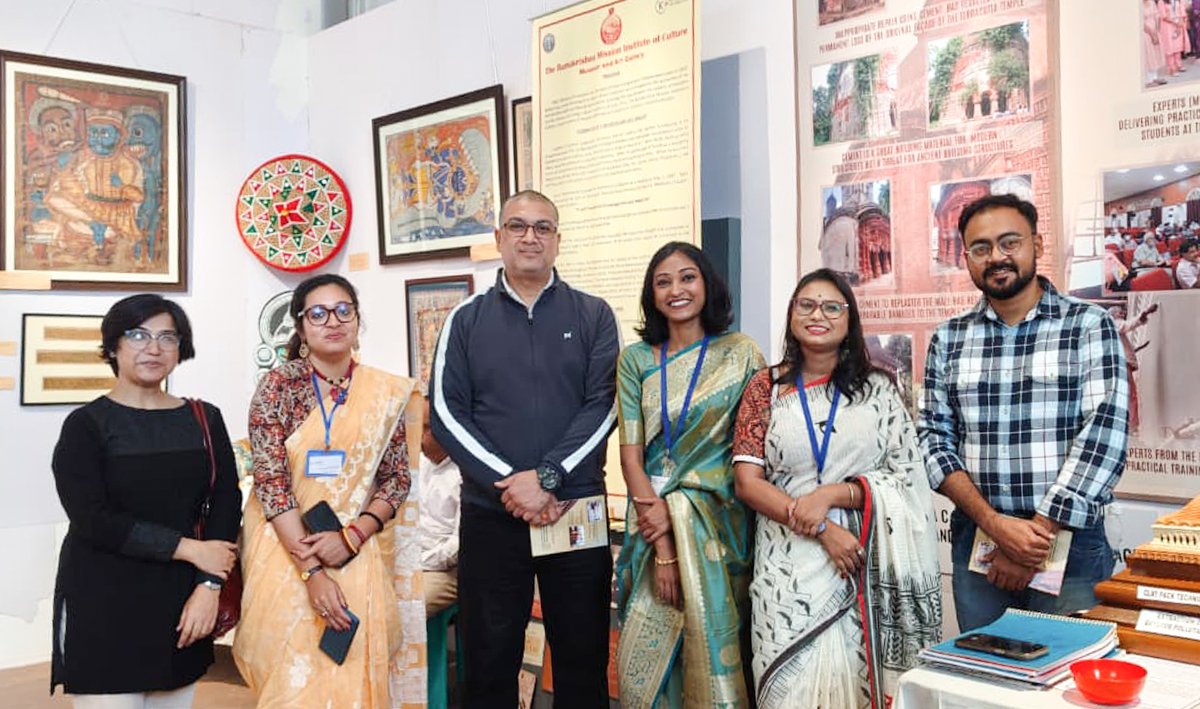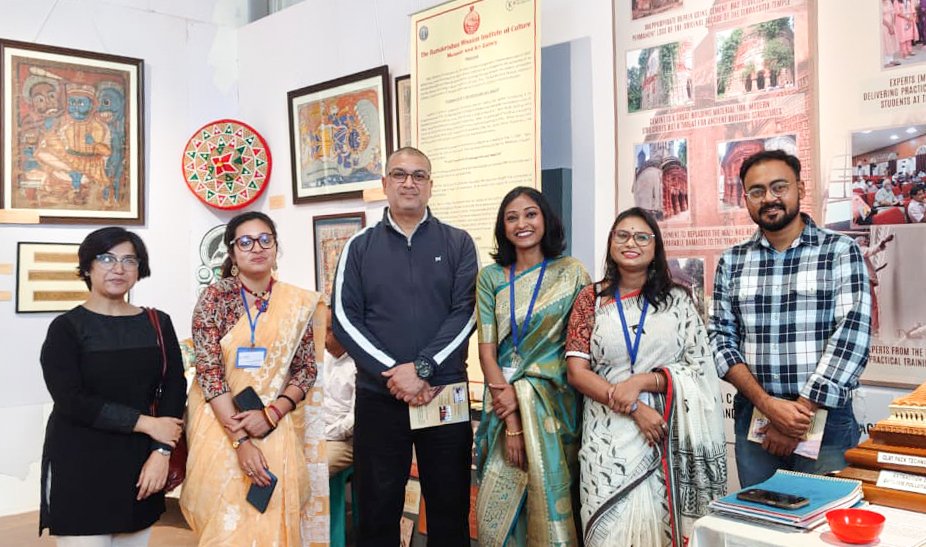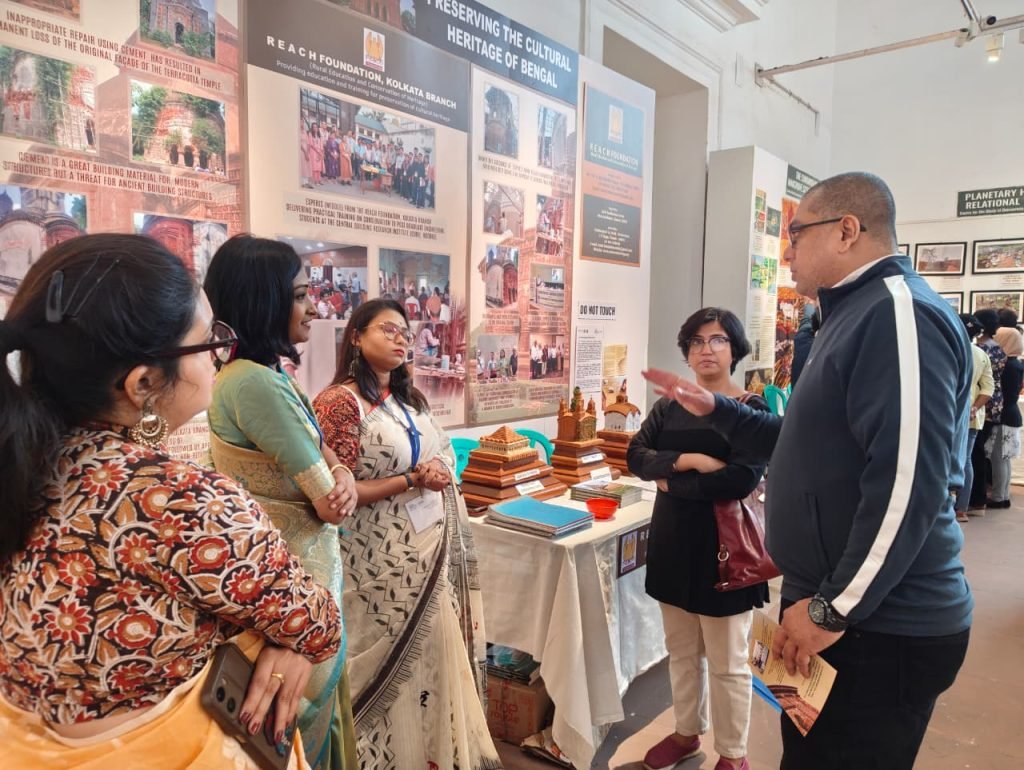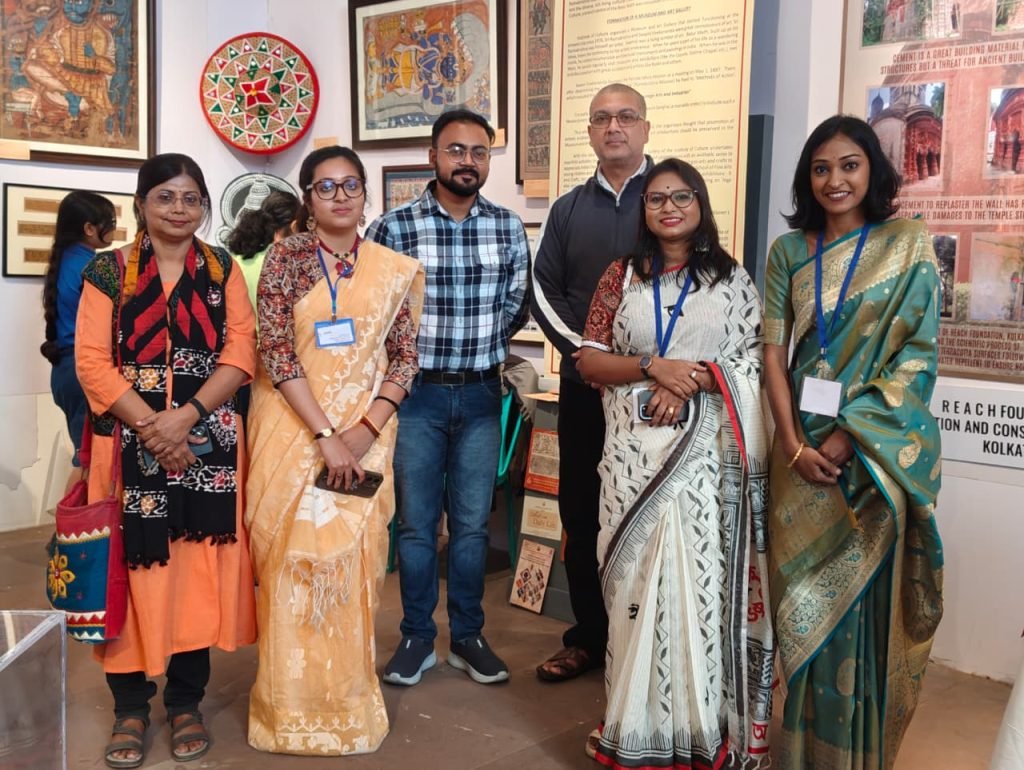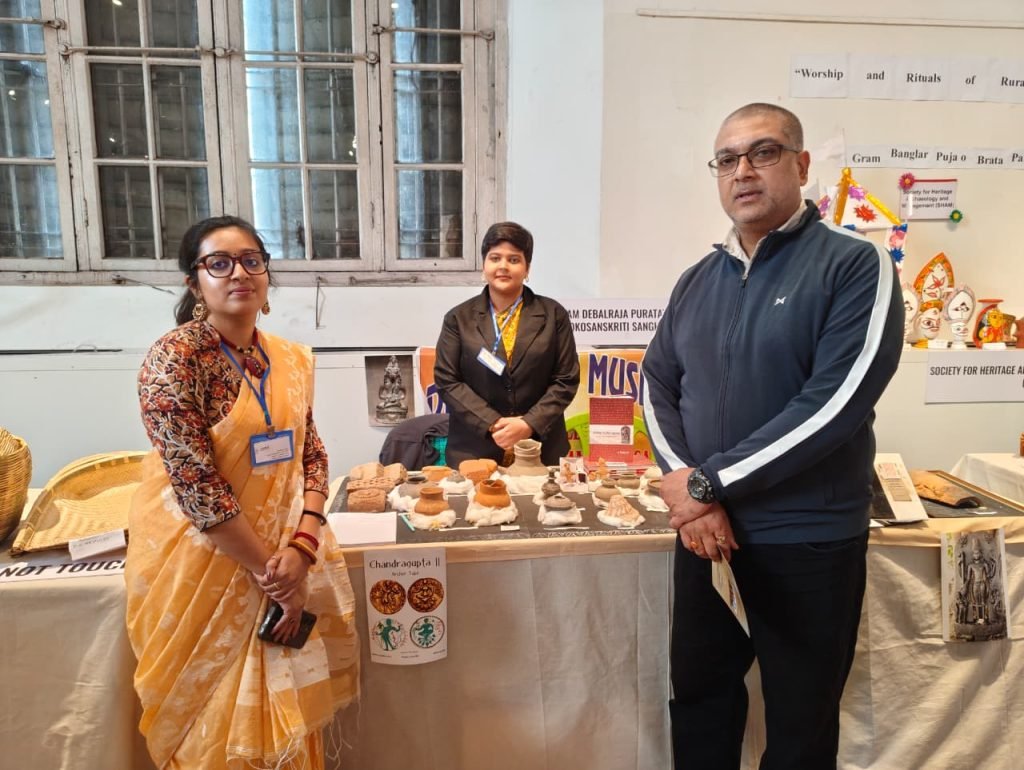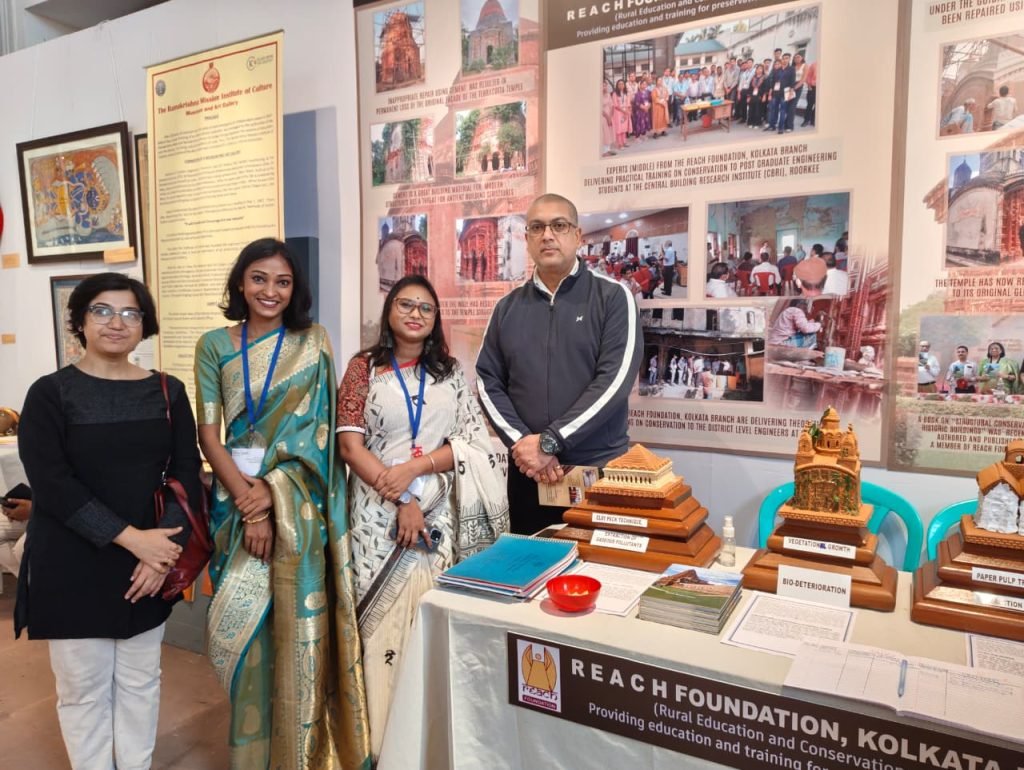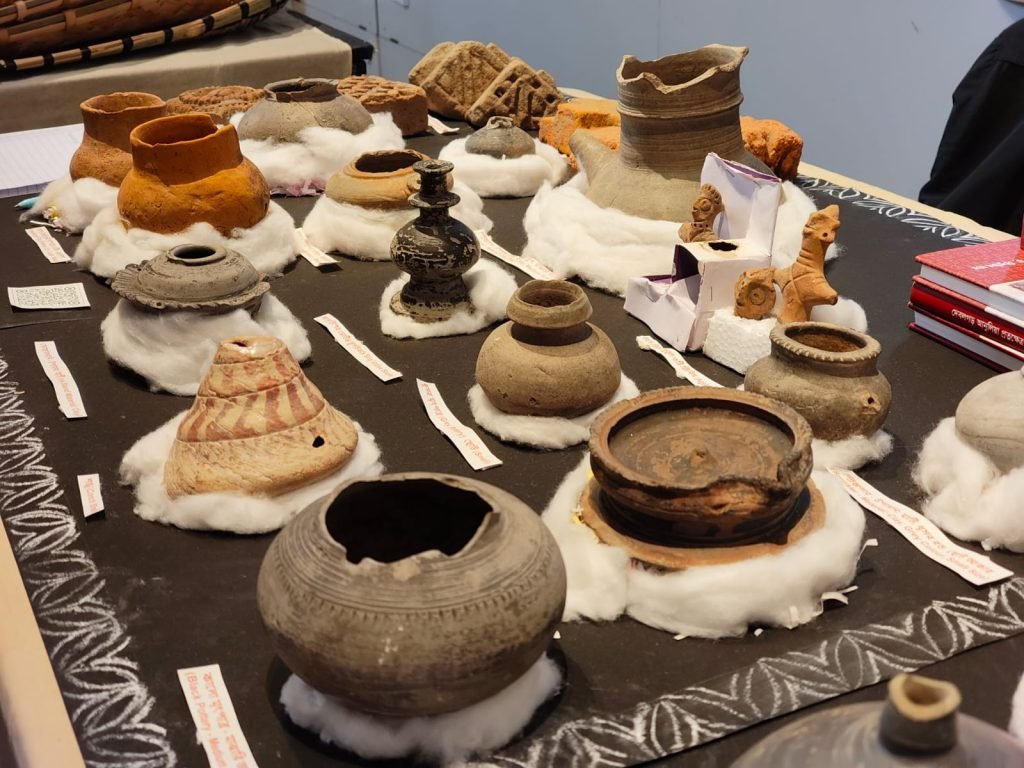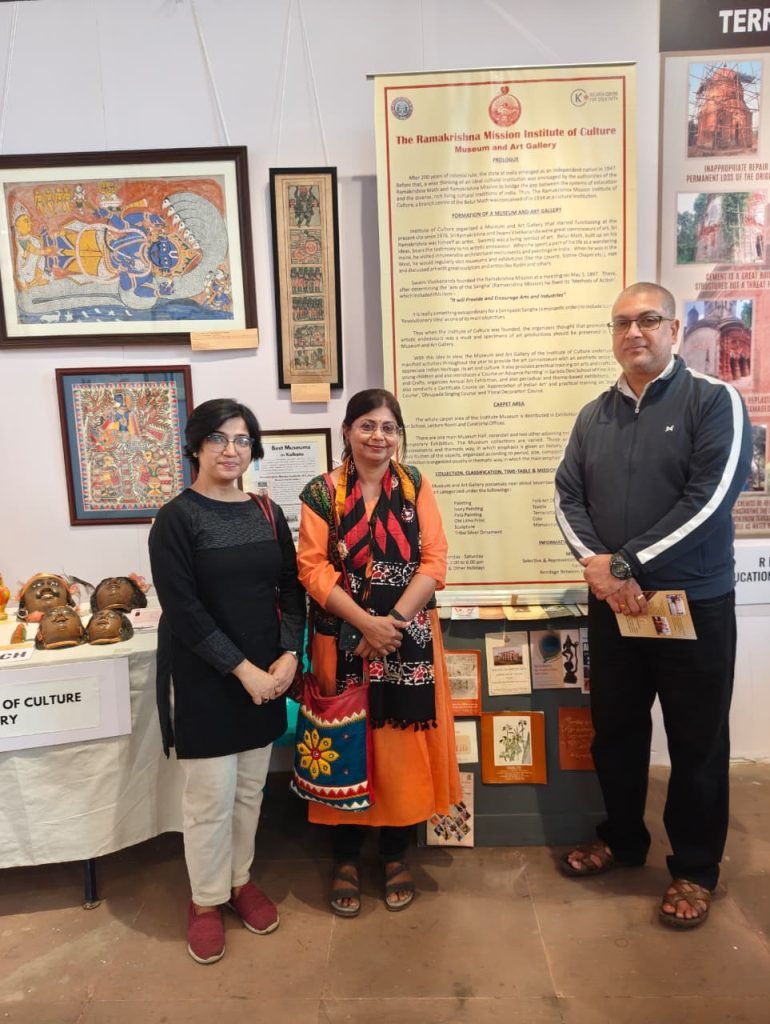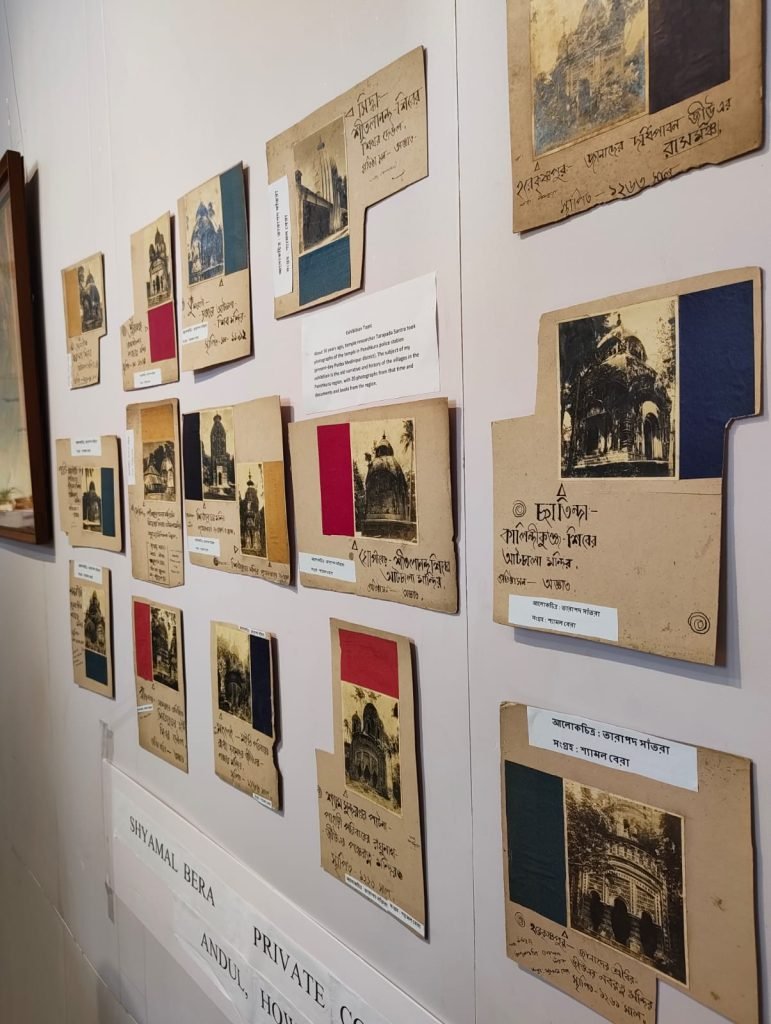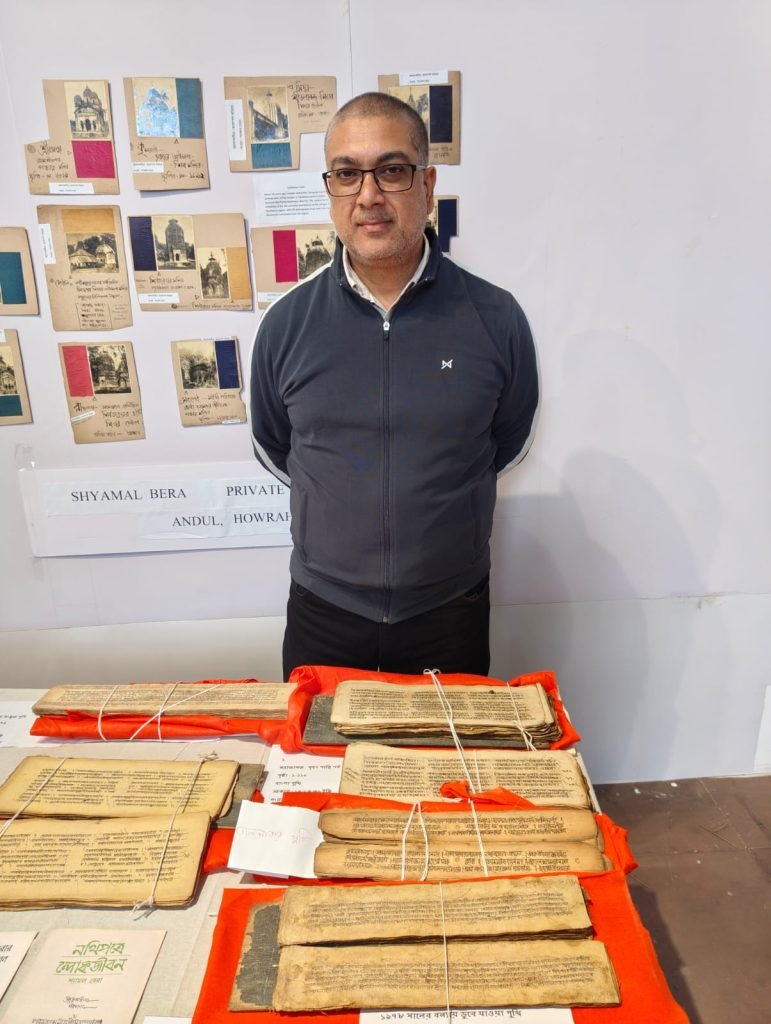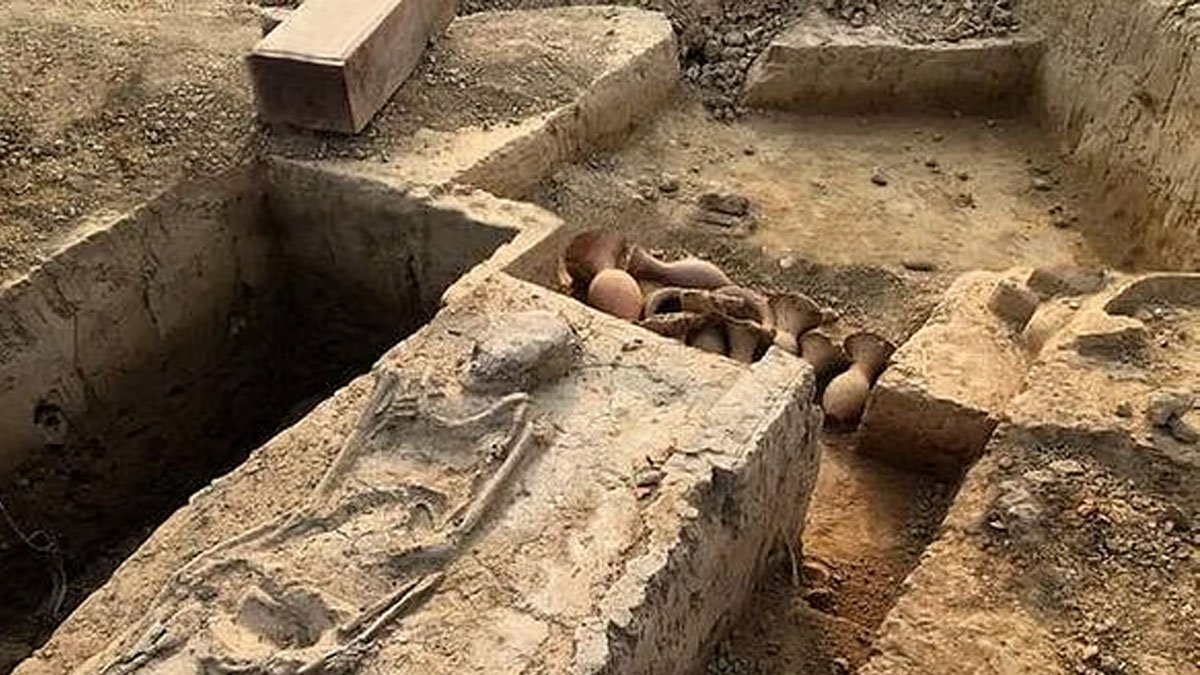Mainstream narratives of Indian History suppress or outright omit notable achievements and colonial violations because they are written by those who colonized and plundered India, not by those who lived, debated, nourished and left their indelible mark on the civilization. You can also read article in Tamil. PDF file at end of article.
We are told that “History” is a boring subject. In fact, when I was studying in school, even though I was interested in the subject, the method of teaching did not inspire me. I used to “memorize” whatever I could of the whole textbook for the sake of passing the exam. Nobody taught me the significance of knowing our past well. In any case, why would anybody study History and Philosophy for their profession? We must study subjects like Medicine and Engineering that pay well, correct? I am sure many of you have had a similar experience.
If we asked a “modern”, “educated” Indian today to name a few Indian Scientists, what is the likely immediate response? C. V. Raman? Ramanujan? Aryabhata? That is it! What about foreign scientists? They are likely to name – in Physics and Chemistry – Boyle, Charles, Avagadro, Planck, Schrodinger, Einstein; in Mathematics – Fourier, Pythagoras, Newton, Gauss, Fibonacci; in Astronomy Kepler, Galileo, Copernicus; in Philosophy – Socrates, Plato, Descartes, Hume, Spinoza; Literature – Keats, Shakespeare, Wordsworth. In fact, I just googled “Mathematicians of the world”, and I see a list of images. There were only two Indians in the first twenty.
When Adi Shankara is known as one of the greatest “philosophers” humanity has seen, why is he barely mentioned in our textbooks? Even Will Durant, a man who knew so much about India, did not mention Adi Shankara and other Indian thinkers in his book “History of Philosophy”!
When our Rishis have proclaimed many philosophical truisms in our Upanishads many millennia ago, why do history books only talk about Greek philosophers such as Pythagoras and Socrates from 500 BCE? Why do textbooks list the inventor of Zinc as a German in 1746, when India was manufacturing Zinc in 1,200 CE? When we consider Ramayana to be the first poem, one of the longest poems, and consider Valmiki as a first poet (Aadikavi), why don’t our textbooks capture such amazing facts? Why does Kalidasa, considered by Indians to be one of the greatest poets, often does not even deserve a mention in our textbooks?
Was there very little Indian genius to report? Or was there a massive “cover up” in the writing of mainstream Indian History? What is the use of knowing our true history? How does Indian history education differ from those of some other countries like USA? Should steps be taken to correct our textbooks, and if so, what?
History refers to “inquiry, knowledge acquired by investigation”. The usual sources for a study of history are archaeology, epigraphs, scripts, linguistics, and historical texts. The study of history has tended to remain within the domain of humanities or social sciences. The lens through which history is looked at has been inevitably fashioned by developments in these areas, where we see the influence of sociology, psychology, linguistics, geography, economics, and anthropology.
Unfortunately, we also see the pervasive influence of different ideologies, to project a distorted narrative of history in our textbooks and popular media. We have seen strong biases introduced by Eurocentrism, Communism, Judeo-Christian centrism, Islamic revisionism, and several post-modern narratives in the school history textbooks that my colleagues and I have reviewed at Indian History Awareness and Research. The factual narration of Indian history has been greatly compromised due to the desire of textbook writers to accommodate these various powerful lobbies.
We seek to expand the domain of history to beyond that of humanities and social sciences, to also include the empirical approaches of the pure sciences. These analytical disciplines yield irrefutable facts which will help us to navigate the complex, nuanced narratives that we are taught today. In our series of articles, we hope to present startling evidence for great antiquity of the Indian people, the wisdom that they accumulated over thousands of years and taught the world, and uncover the hidden narrative of the true history of the Indian people.
To read the same article in TAMIL in PDF.
Author Dr. Jayakumar S. Ammangudi, is Founder of Arsha Vidya Satsanga, and Founding member of Indian History Awareness and Research, both based in Houston, USA. The goal of Indian History Awareness and Research (IHAR) is to revive a healthy Cultural Self-Identity for the people of Sanatana Dharma by providing a forum to highlight suppressed & alternative narratives of India’s recent and distant past that Indians can own up and be proud of. Dr. Jayakumar currently teaches Vedanta, Sanskrit and Hindu Culture to children, youth and adults in India, and has over 25 years of experience in the Chemical Industry.

 Events2 years ago
Events2 years ago
 Videos3 years ago
Videos3 years ago
 Videos11 years ago
Videos11 years ago
 Events8 months ago
Events8 months ago
 Events7 months ago
Events7 months ago


